
Shooting The Way To Fusion Energy
While STEP is betting mainly on the spherical tokamak , it is supporting the formation of a“fusion cluster” that will include private fusion companies pursuing entirely different approaches. As far as fusion is concerned, the UK is not putting all its eggs in one basket.
During my recent visit to UK fusion facilities I had the opportunity to visit one of the most innovative of the companies involved, First Light Fusion , and to speak with its founder and CEO, Nick Hawker .
First Light is pursuing a new, innovative approach called“projectile fusion” in which fusion reactions are created by the impact of a projectile, accelerated to tremendous velocities, onto a cube-shaped target containing a tiny sphere of fusion fuel.
The target is designed in such a way that the powerful shock wave resulting from the projectile's impact is intensified many times over and focused onto the fuel pellet, creating the ultra-high densities and temperatures required to generate energy by fusion reactions.
The primary innovation of First Light, and the key to its potential success, lies in the design of this“amplifier” technology.
As of now, First Light is still far from producing significant amounts of energy with this method, but its experiments have already yielded detectable amounts of fusion reactions.
This milestone result was first achieved in November 2021 with the help of a two-stage gas gun device, capable of accelerating projectiles to a velocity of 7 kilometers (km) per second. That corresponds to 25,200 km per hour, or more than 20 times the speed of sound.
The detection of fusion reactions provided strong evidence for the validity of First Light's projectile fusion approach and the amplifier technology in particular.
To achieve fusion“breakeven” – more energy released than was absorbed by the fuel – will probably require about 10 times larger velocities. There is little doubt, however, that such velocities can be achieved through a relatively straightforward scale-up of existing technologies. First Light is progressing step by step toward that goal.
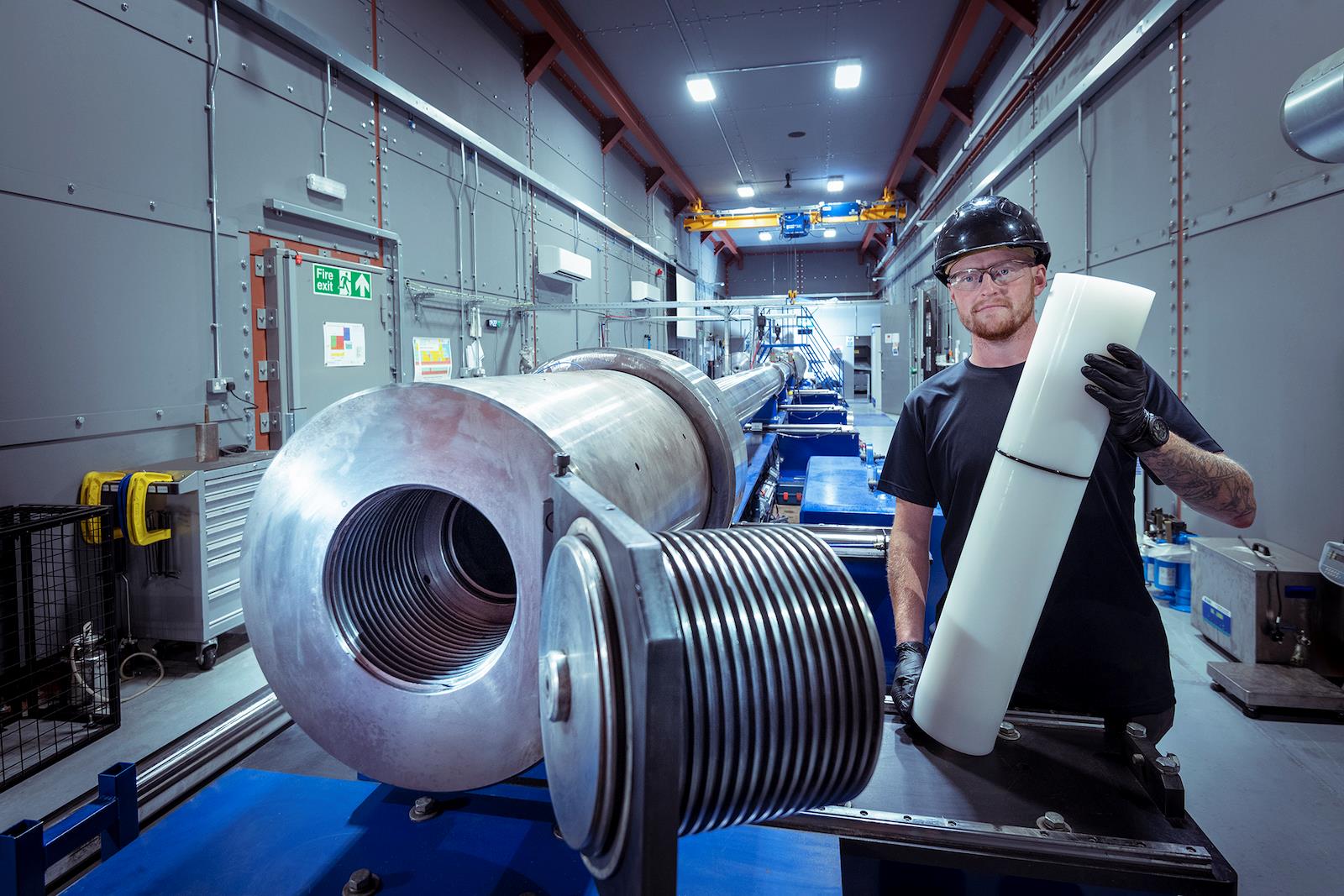
Nick Hawker, founder of the First Light Fusion, in front of the company's
“Big Friendly Gun.” The BFG can accelerate projectiles to velocities of over 24,000 kilometers per hour.
Photo: First Light Fusion
Could First Light's approach work? At first glance, the proposed method looks like a long shot. But it turns out to have a solid physical and computational basis.
First Light Fusion evidently has significant support in the scientific community. Its board of advisors includes, among others, the eminent plasma physicist Steve Rose; Professor Jeremy Chittenden, co-director of the UK Center for Inertial Fusion Studies; Steven Chu, Physics Nobel Prize winner and former US Secretary of Energy; and Sir David King, who was the UK government's chief scientific adviser from 2000 to 2007.
On January 23 this year it was announced that First Light Fusion and the UK Atomic Energy Authority (UKAEA) had signed an agreement for the joint design and construction of a new facility at UKAEA's Culham Campus to house“Machine 4” – First Light's next-generation fusion device. Machine 4 is intended to demonstrate a net energy gain by projectile fusion.
Similarities with laser fusionFirst Light's“projectile fusion” approach has certain features in common with laser fusion. To explain the similarities and differences, I'll start with a few words about laser fusion.

Legal Disclaimer:
MENAFN provides the information “as is” without warranty of any kind. We do not accept any responsibility or liability for the accuracy, content, images, videos, licenses, completeness, legality, or reliability of the information contained in this article. If you have any complaints or copyright issues related to this article, kindly contact the provider above.
Most popular stories
Market Research

- Manuka Honey Market Report 2024, Industry Growth, Size, Share, Top Compan...
- Modular Kitchen Market 2024, Industry Growth, Share, Size, Key Players An...
- Acrylamide Production Cost Analysis Report: A Comprehensive Assessment Of...
- Fish Sauce Market 2024, Industry Trends, Growth, Demand And Analysis Repo...
- Australia Foreign Exchange Market Size, Growth, Industry Demand And Forec...
- Cold Pressed Oil Market Trends 2024, Leading Companies Share, Size And Fo...
- Pasta Sauce Market 2024, Industry Growth, Share, Size, Key Players Analys...


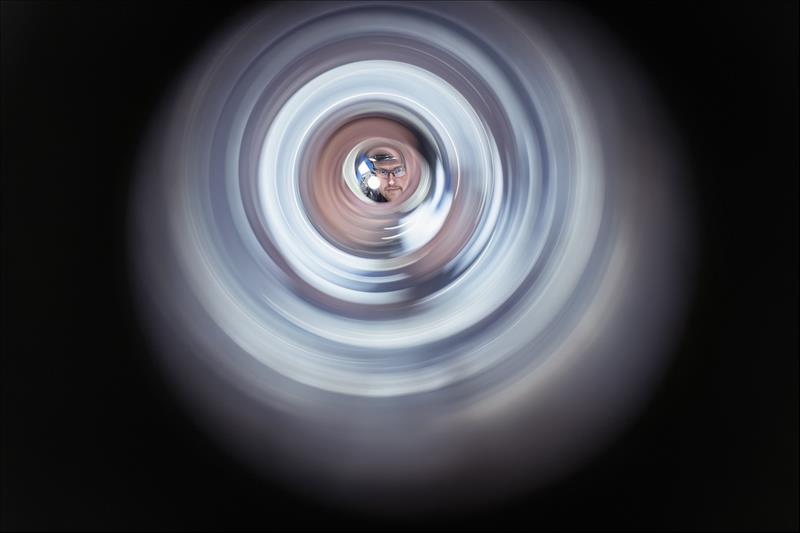
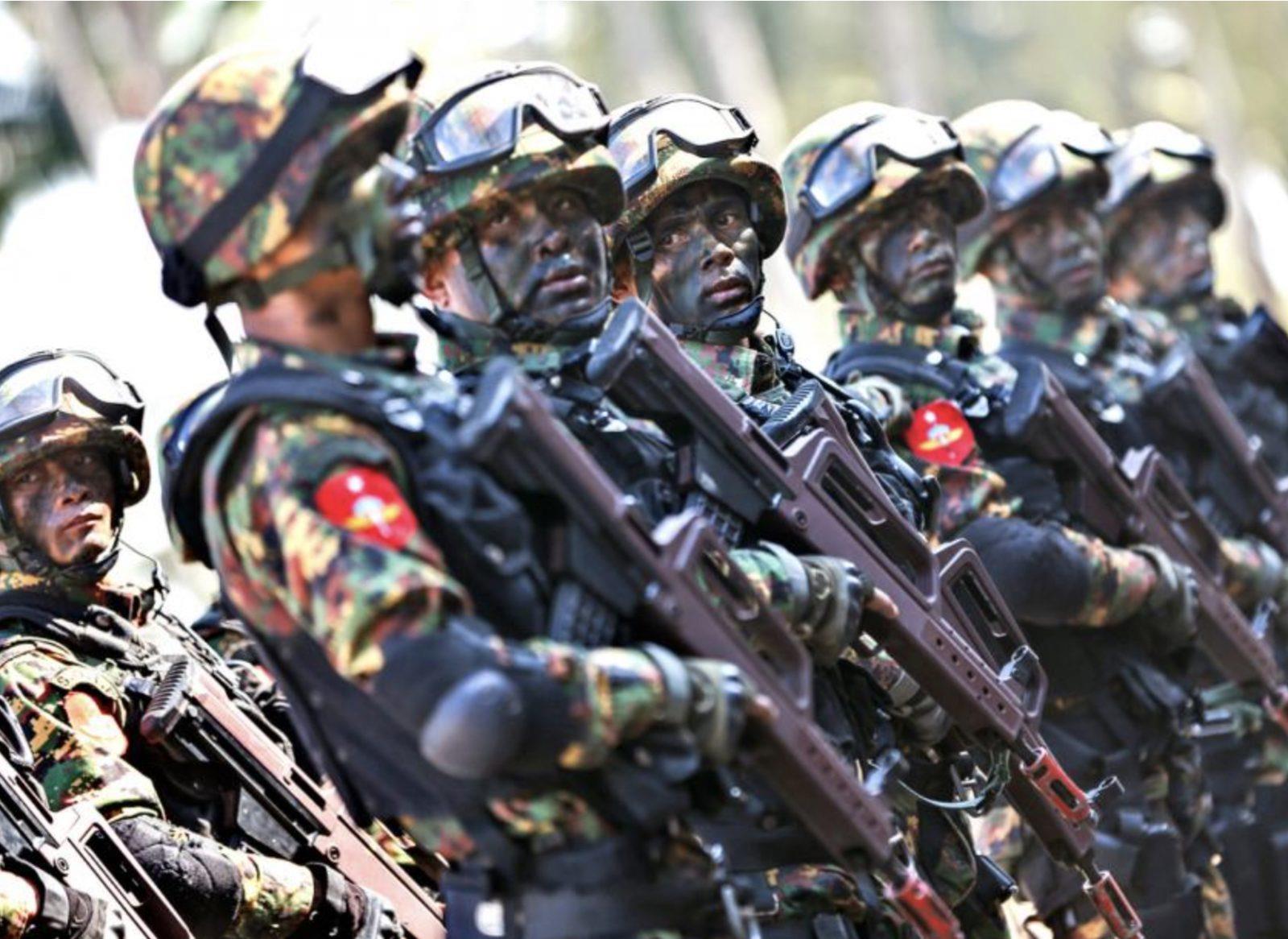




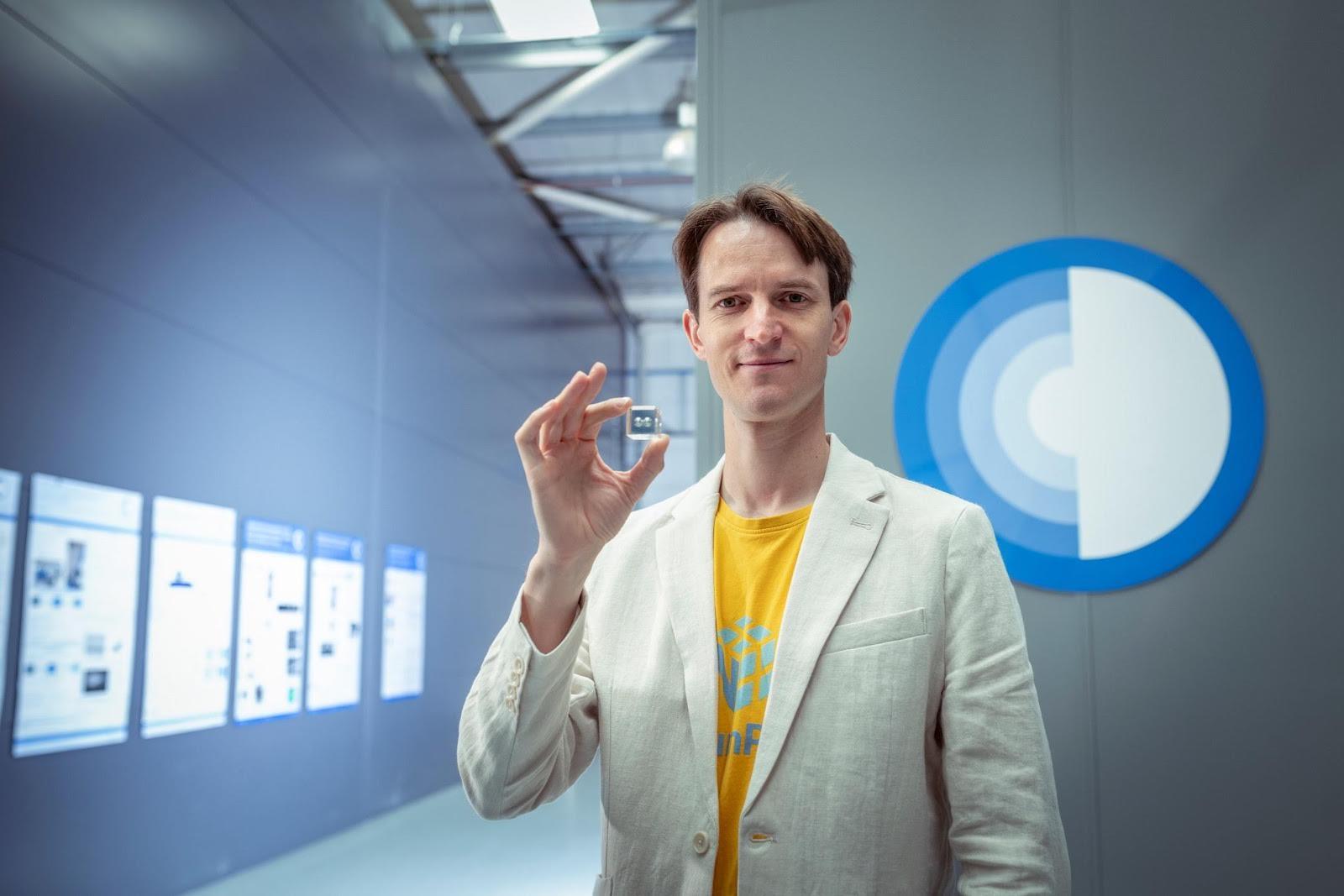
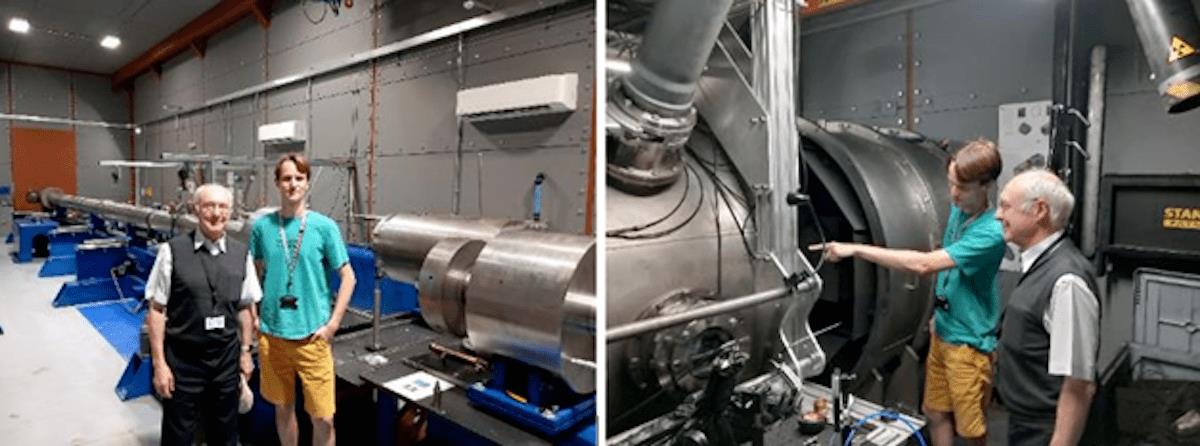

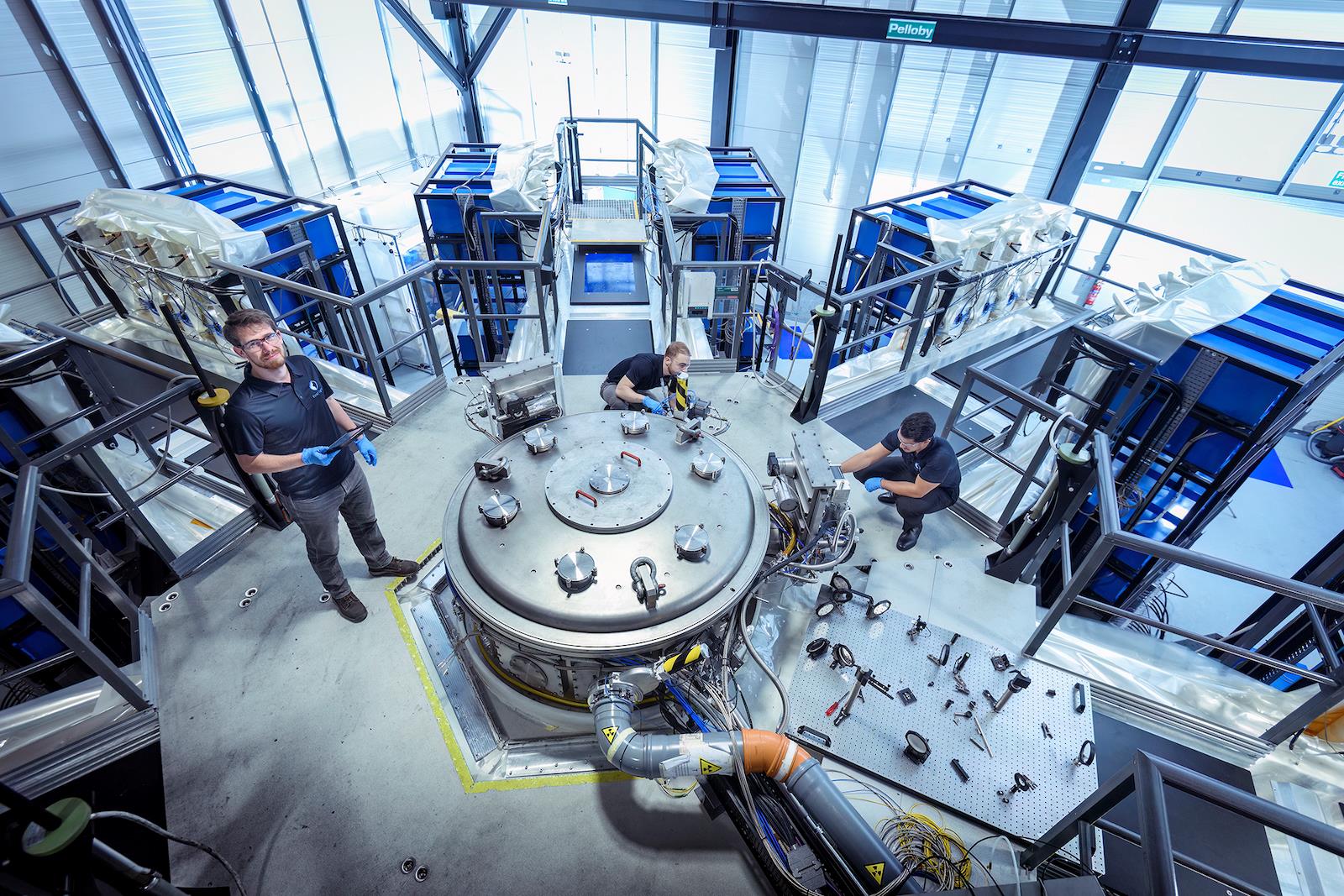
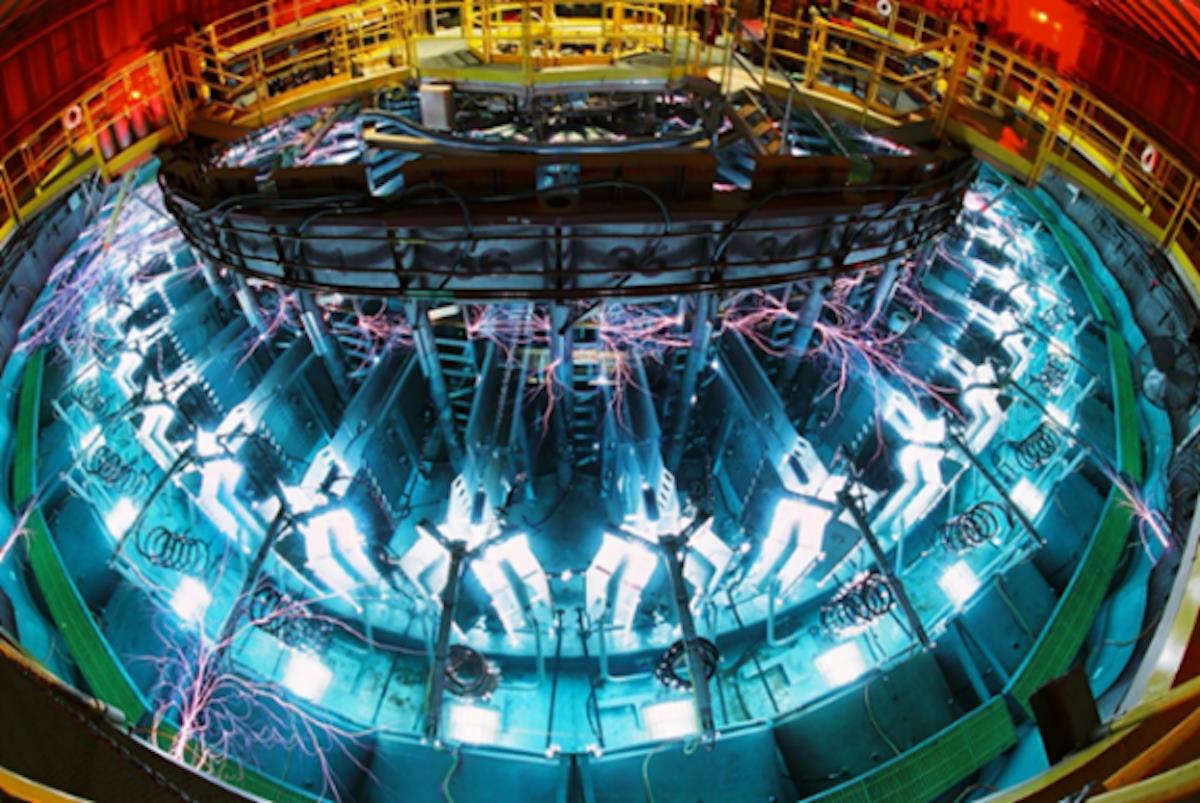




















Comments
No comment